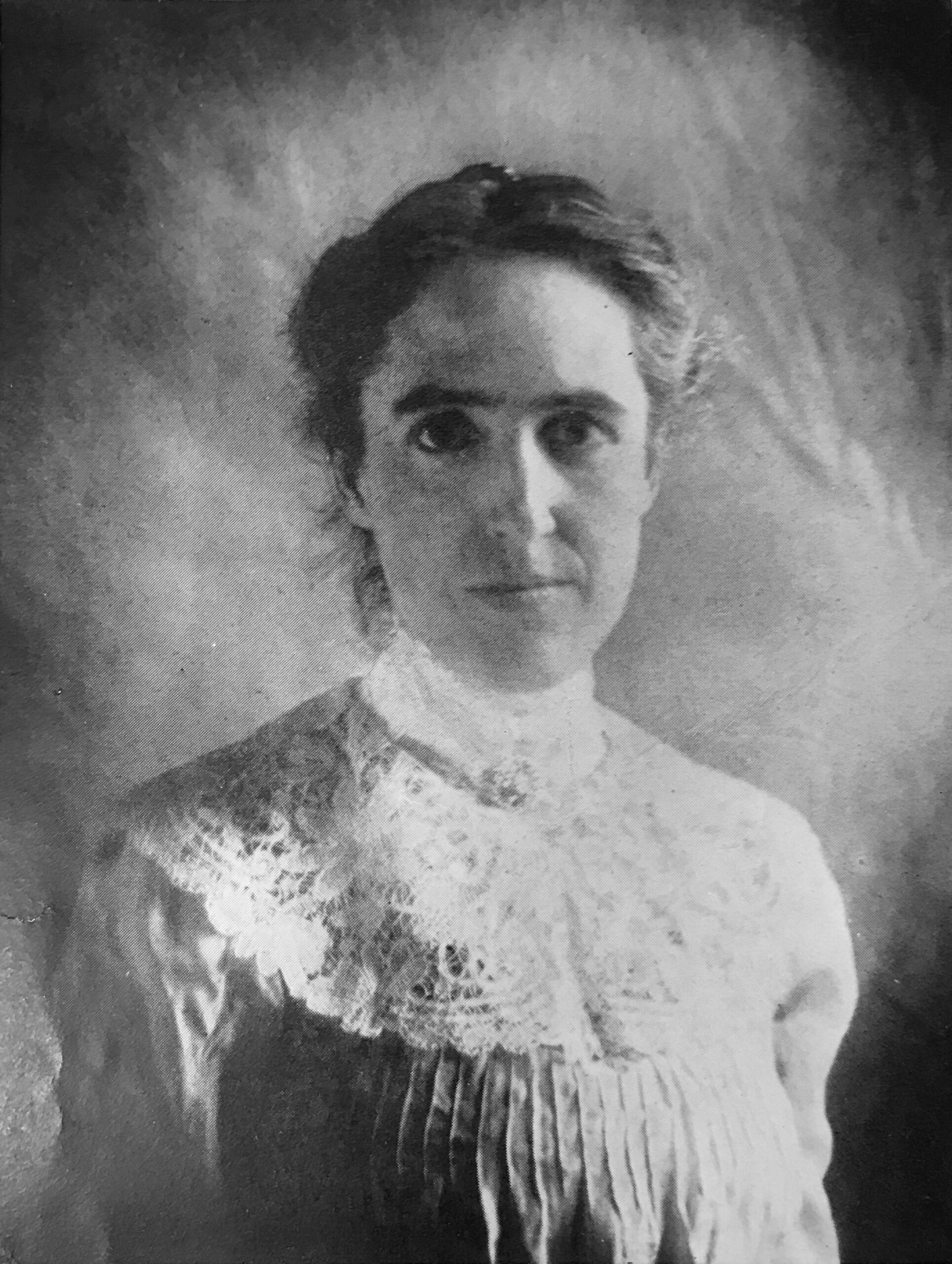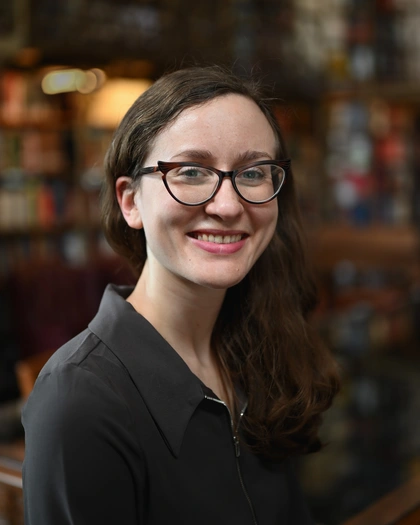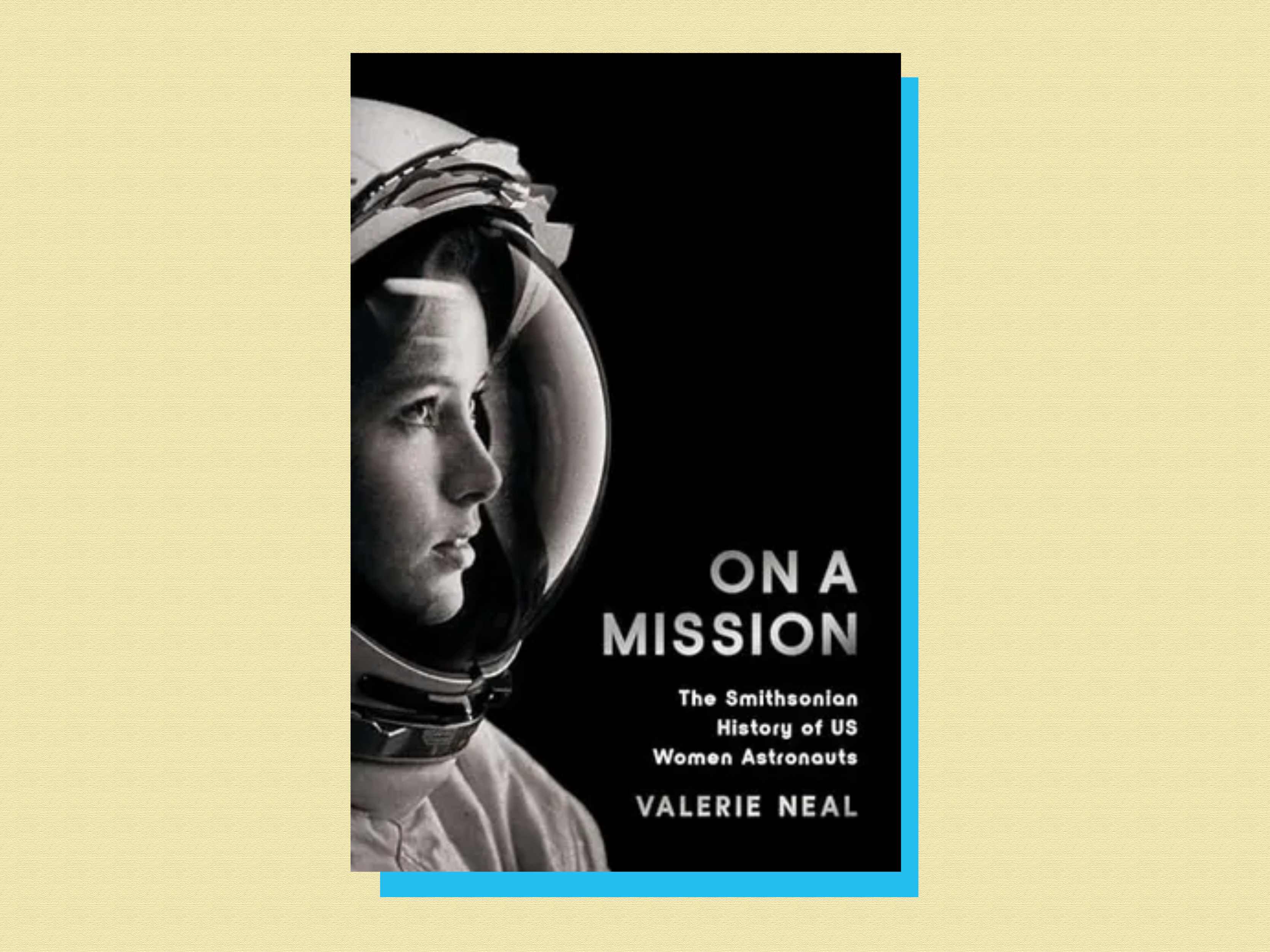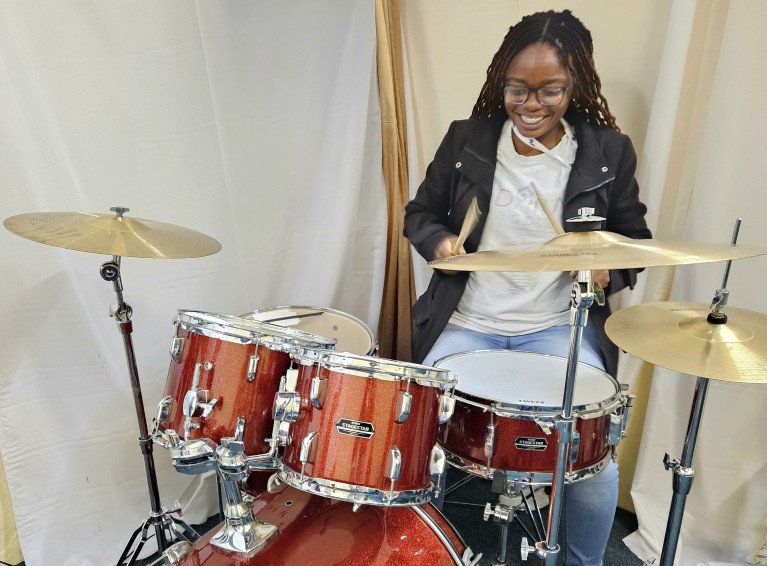The AAS Committee on the Status of Women in Astronomy has compiled dozens of interviews highlighting the diversity of career trajectories available to astronomers, planetary scientists, etc. The interviews share advice and lessons learned from individuals on those paths.
By Kimberly Mitchell
April Russell has navigated a unique career path in astronomy and physics. Russell graduated from MIT in 2002 with a B.S. in Astrophysics and an M.S. in Planetary Science. Once she finished her degrees, she worked in the private sector for Raytheon, but she didn’t like working in defense technology. Not certain she wanted to pursue a path in teaching, she decided to go to law school. It only took a semester for Russell to realize law wasn’t the right path, either. She took a career break and began her family.
 |
| Photo: April Russell |
Educational and Teaching Opportunities
Getting back to work after a break to raise children can be challenging. Russell was able to find a pathway back to astronomy by working at a local observatory and astronomy center, where she worked in education and public outreach. She enjoyed that enough that she also did some teaching locally. Khan Academy was hiring subject matter experts to create its online courses. Russell was hired as an SME in physics. She created the coursework for Khan Academy learners, but more importantly, she made valuable connections with other SMEs as they worked to create high-quality educational content.
These connections have served Russell well. She still keeps in touch, checking in with other experts, and occasionally recommending jobs or reaching out to her network to see what might be available.
Russell enjoyed the educational aspect of these jobs and obtained a Master’s in Education. She also did contract work for the Department of Education, focusing on K-12th-grade content in the physical sciences. She also took on visiting professor positions at Vassar College and Siena College, where she taught astrophysics, astronomy, and earth science.
Writing and Publishing
Russell’s depth and breadth of work in education, as well as her background in physics and astronomy, made her the perfect candidate to write textbooks and educational material. She is a prolific writer, contributing to textbooks published through John Wiley & Sons, 5 Ponds Press, and Pearson. Her focus remains on the physical sciences, physics, and astronomy. Russell has also published many articles on astronomy, featured in Icarus and Astronomy.
Entrepreneurship
In 2017, Russell took the experience gained from teaching, designing coursework, and writing to create Take Space Consulting. Through her business, Russell guides physical science educators and researchers through curriculum development, including planning, design, and strategy.
In 2023, Russell also became the CEO of Astronomers Without Borders. This non-profit organization works to build and cultivate community through astronomy. Through a partnership with Celestron, she helped develop an AI telescope coach to get people comfortable with astronomy at home as they work with their new telescopes.
On the Challenge of a Non-Traditional Career Path
Russell acknowledges her career path has been unique, cobbled together through a necessity to both work and be at-home/available for her children. Much of her work has been contract work, finding that is what allowed her the flexibility to raise children, especially when one was diagnosed with a rare disease. The family has also moved twice during the pandemic, and Russell lost her mother around the time her contract with Khan Academy ended.
“Honestly, 2018 through 2024 are such a blur,” she says. “I needed something to do as a distraction, but it couldn’t be full-time. I was trying to take care of my own mental health by having something outside of these high-stress situations at home.”
Russell knows her situation isn’t unique. Many mid-career women face the same choices. How do they have children and keep working? Can they stay at home and still work part-time? Russell says she has found that even companies that claim they are supportive of these conflicts have proven difficult. “A lot of environments aren’t fully supportive even when they claim to be. It’s a common and disappointing aspect of the current climate.”
“I’ve learned to pay attention to my gut when I’m talking to people around me. Before, I was a pretty analytical person and took things at face value. You want to trust other people, but really, you have to trust yourself first. It’s scary to jump into the unknown. It’s been really important to me to lean on my network. Keeping in touch, seeing what they’re working on, letting them know what I’m working on or looking for. That’s how most of the work I’ve gotten has shown up.”
What’s Next and Untapped Talent At Home
Russell has recently taken a break to reset from the last seven years, which were peppered with difficult circumstances. She’s found her focus through long walks, which allow her body to move and her mind to focus on the future. She’s contemplating a deep dive into astronomy education research. “The main textbook hasn’t been rewritten since 2000,” she notes. She’s also interested in focusing those thoughts into a Substack newsletter and YouTube channel—a niche she’s well prepared to take on.
 |
| Long walks to ponder next steps. Photos courtesy of April Russell. |
Russell points out that in the K-12 educational sphere, there is currently no AP Astronomy exam, and in the Next Generation Science Standards, there are no spatial reasoning/awareness guidelines. “Spatial reasoning is one of the most basic things you need to be successful in astronomy.”
Finally, she’s pondering the depth of “untapped talent at home” that could be working on interesting and valuable projects if they had the time and financial support to do so. “There’s this group of untapped talent of women who are in the middle of their lives, unaffiliated, part-time, at home for their kids (or whatever the reason). It would be great to have some small grants to support their work. Grants don’t have to be for full-time work.”
Russell’s wheels are turning on how to fund other women like her who have chosen non-traditional career paths and have much to offer the astronomy (and other) communities on a part-time basis. It’s a perspective likely to resonate with many, and Russell has the lived experience to understand just how important unique career paths are.















